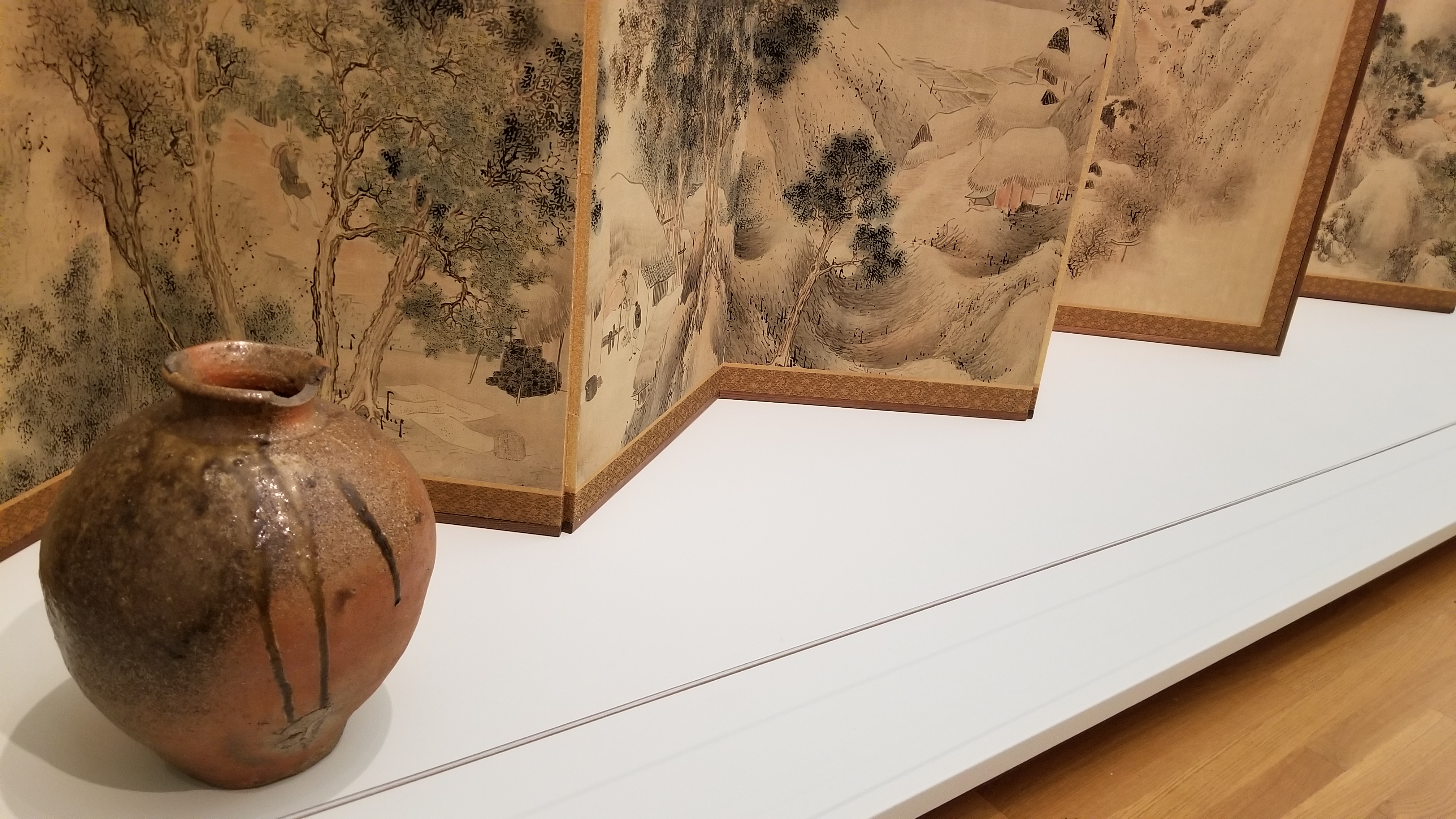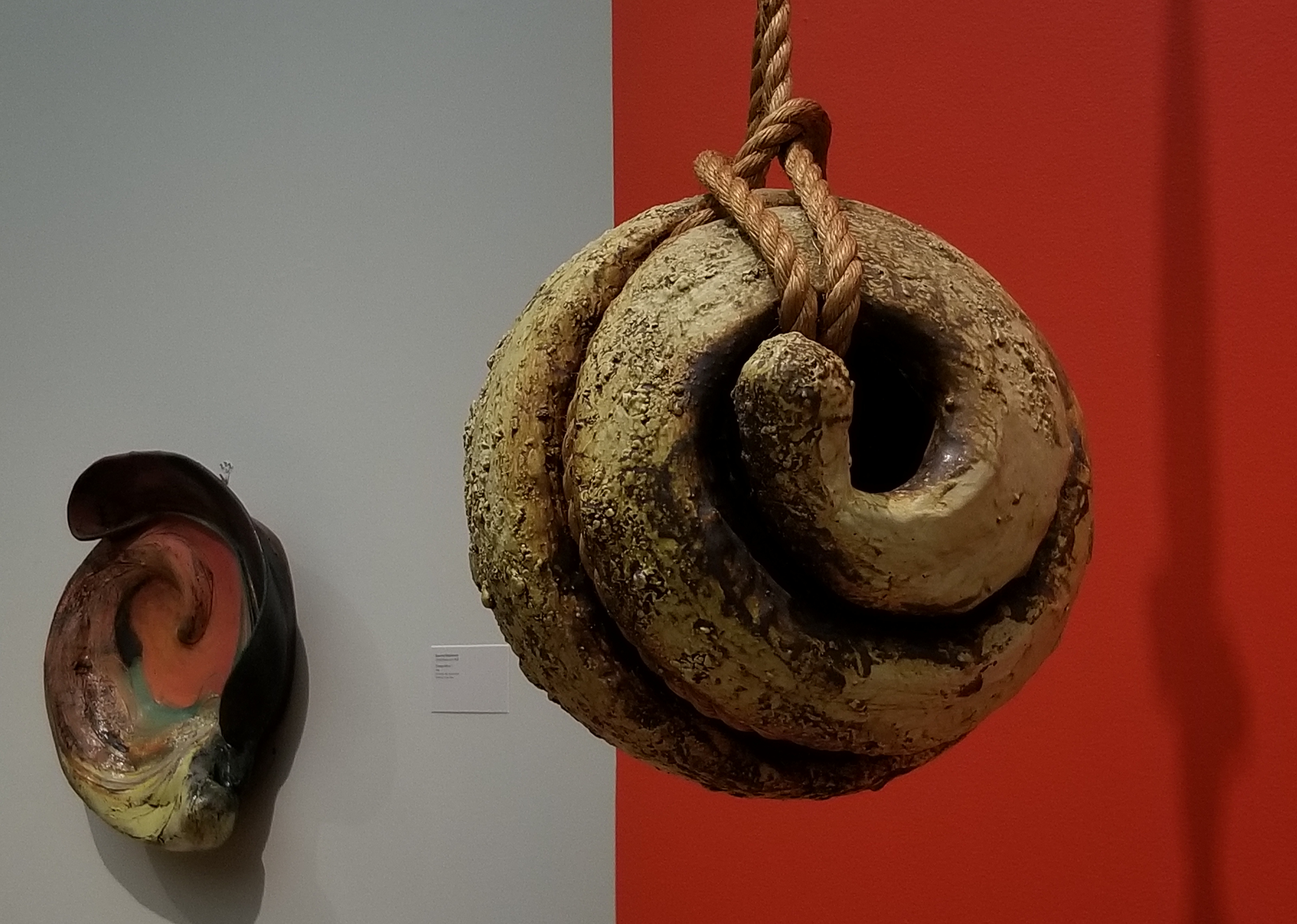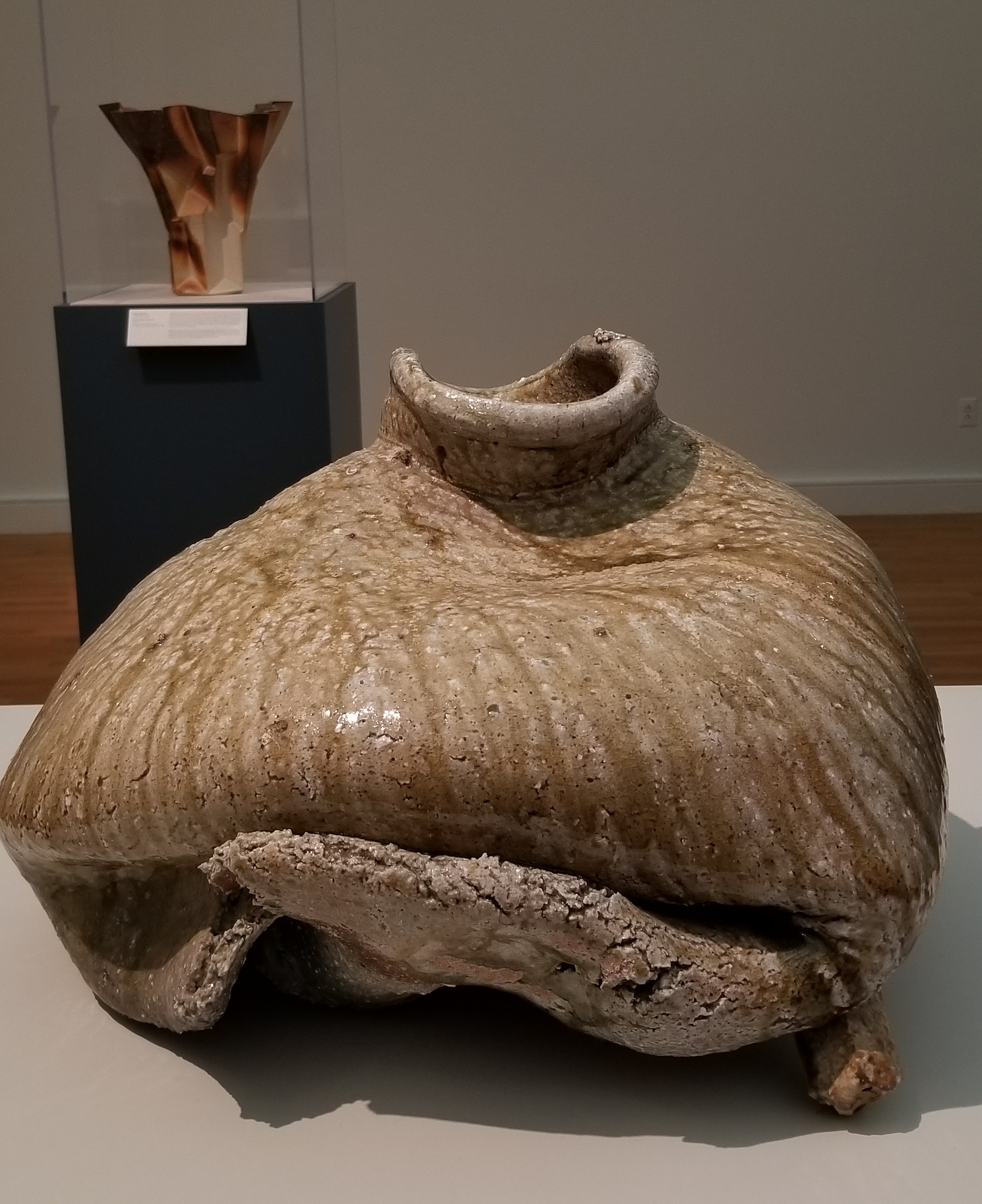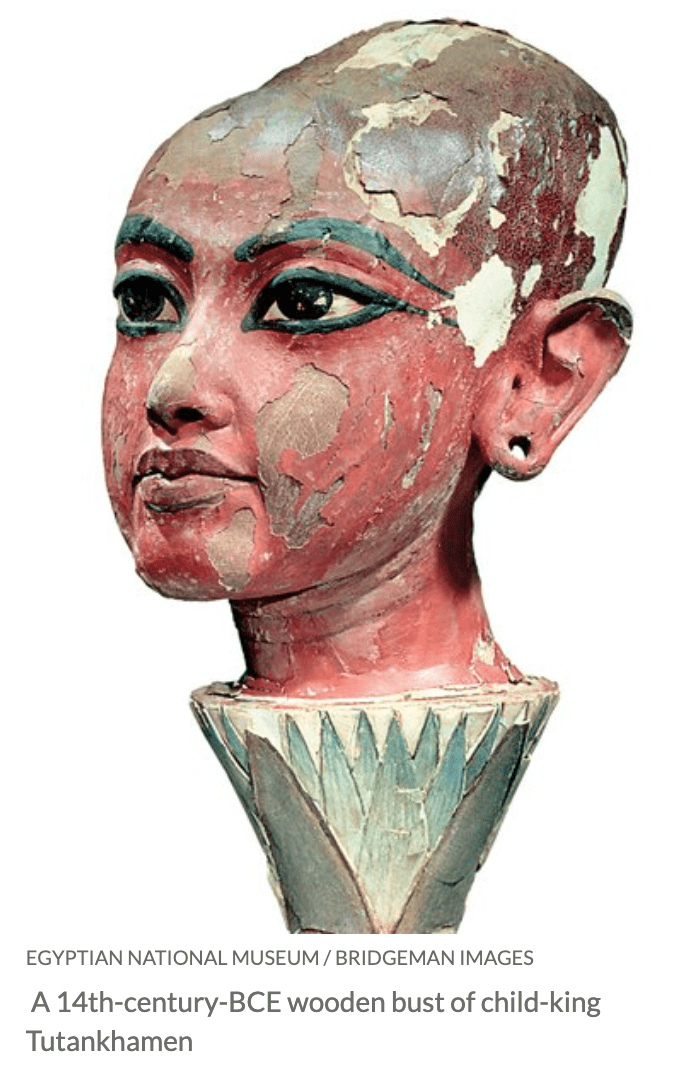July – August 2023 ~ AramcoWorld

May – June 2023 ~ AramcoWorld

March-April 2023 ~ AramcoWorld

Link to the article
Making Pots, Building Bridges
19 January 2023 ~ The Wall Street Journal

Making Pots, Building Bridges
19 January 2023 ~ The Wall Street Journal
The final work in the University of Michigan Museum of Art’s “Clay as Soft Power: Shigaraki Ware in Postwar America and Japan” is a rounded vessel accompanied by an irresistible invitation: The “NOT” in the “PLEASE DO NOT TOUCH” label is crossed out. While our eyes take in the brown and orange hues of “Shigaraki Jar,” our hands explore the ridges of its pleated form, the rough textures of its surface, the thin and crisp zigzag of its lip. It was made in 2021 by Takahashi Yoshiko, the sixth generation to work in her family’s studio in Shigaraki, an area east of Kyoto hailed as one of six in Japan where people have without interruption been making pottery since the 12th or 13th century.
“Jar” is an effective finale to a show that explores the role Shigaraki has played in Japanese and American ceramics since the end of World War II. At one level, the exhibition traces familiar arcs: Japanese looking to their cultural heritage after a devastating military defeat; that same heritage galvanizing Americans to explore new avenues of artistic expression. But Natsu Oyobe, the museum’s curator of Asian art, layers in a lesser-known narrative: the underlying political and diplomatic dynamics at work. //read full review//


Kohl Eyeliner: More Than Meets the Eye
January/February 2023 ~ AramcoWorld Magazine
 Could one of the oldest and most popular eyeliners have precipitated a world-changing innovation in chemistry? Philippe Walter, founder and director of Sorbonne University’s Laboratoire d’Archéologie Moléculaire et Structurale, says yes, this is exactly what happened some 4,000 years ago.
Could one of the oldest and most popular eyeliners have precipitated a world-changing innovation in chemistry? Philippe Walter, founder and director of Sorbonne University’s Laboratoire d’Archéologie Moléculaire et Structurale, says yes, this is exactly what happened some 4,000 years ago.
Ever since then, particularly in parts of North Africa and West and South Asia, kohl has been in continuous use. Today it can be found just about everywhere, but until relatively recently, nobody understood the innovation that went into the making of kohl nor the extent of the cosmetic’s therapeutic effects. //did this pique your curiosity? link here to the article//
Asia and Islam’s Grand Art Histories on View Once More
10 October 2022 ~ The Wall Street Journal
Carved in red sandstone around the 11th or 12th century, a beautiful Indian maiden tilts her head, possibly to catch her reflection in a mirror as she rims her eye with kohl, an ancient cosmetic. Made more than 1,000 years earlier for a Han tomb in China, two guardians with masklike faces and bulging eyes perch atop pillars on which etched dragons slither and swirl. Painted in jewel tones and hair-thin lines in late 15th-century Iran, a horseback rider swivels in the saddle, the better to pull on the lasso around his enemy’s neck. And a close look at a 16th-century Tibetan ritual apron reveals goddesses dancing on lotuses and a powerful tantric duo, carved into beads made of human and animal bone.

Fragment of a Female Figure Applying Eye Makeup. Central India (11th-12th century) Photo: Brooklyn Museum
This is but a sampling from the Brooklyn Museum’s galleries of the Arts of Asia and the Islamic World. About 10 years ago, these galleries were closed for a much needed renovation and their works moved into storage. Many have now returned along with a number of objects never before exhibited; all have been carefully conserved. In 2017, Arts of Korea opened, followed by the galleries for China and Japan in 2019, Southeast Asia in 2021, Buddhism and the Himalayas earlier this year. Arts of the Islamic World and Arts of South Asia now complete the more than 20,000-square-foot installation, whose eight galleries display 700-plus works. /link to full review/

For some reason I always found myself hanging out with minority students as an undergraduate. In the sixties there was not a lot of integration on the Lutheran college campuses Iattended and being a bit of an outcast myself I identified to a small degree with their apparent anxiety over the problems of assimilation on a white campus. The programs you wrote about would have made an incredible difference in their lives, I’m sure. When I was a graduate student, however, I noticed that one possible effect of a growing population of minorities in college in many courses was a “watering-down” of the material being taught. Those courses that retained a high level of academic expectation were deserted quickly by students who dropped out of such classes in droves. When I returned to school later to earn a secondary degree I found many such classes apparently eliminated from the course options altogether. I am sure that there were many factors behind these changes besides the changes in the student population, but I can not help but think from my personal experiences that our general curriculum might be slowly watered down to ensure student success. Western literature and culture seems to be slipping away, in my opinion, at an alarming rate. I fully acknowledge the need for all people of every ethnic heritage to receive a college education, Indeed, our nation depends on it.. I am also aware of the personal struggles that may plague students from different socio-economic backgrounds and applaud the steps being made to help them succeed in college programs. I also pray that our schools do not become mere training centers for specialized careers and that the liberal arts are not totally eliminated from college and university curriculums in order to made the road to a degree a little smoother for students who for various reasons are not sufficiently prepared academically to meet the abstract thinking skills such courses may require.
Your concerns are shared by many and most valid. By all accounts, in Prof Hogan’s biology classs (the opening example I give in the piece) , the material stayed exactly the same; all that the professor changed were her teaching methods. It is of course easier to test for this in the sciences than it is for liberal arts classes where the quality of essays and discussions (breadth of knowledge, critical analysis, etc) is key. I am interested in seeing what a current study headed by Howard Gardner reveals about Liberal Arts programs (http://www.pz.harvard.edu/projects/higher-education-in-the-21st-century).